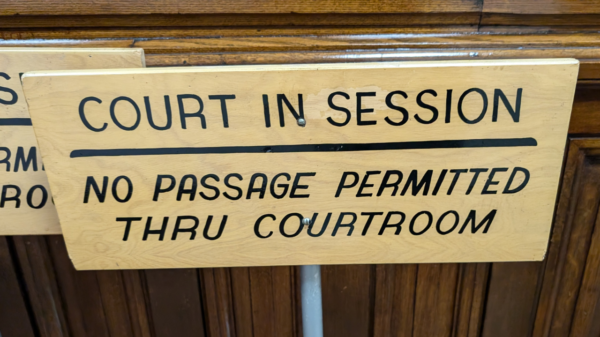
A Brockton man says he got duped by a pop-up ad on his computer offering him support from Microsoft to clean up his device.
Only, the ad wasn’t from Microsoft. It was a scam. And now that man is out $400 because of it.
Brockton Man Duped by Pop-up Ad
According to State Police in Frackville, 68-year-old Richard Magnani says the pop-up message appeared on his computer.
It looked like it was from Microsoft Support. And the messaged asked him to pay money via credit card for software to fix computer issues he was experiencing.
Police remind the public to be vigilant against this type of scam activity that’s all too common anymore.
Don’t trust suspicious looking ads that just pop up on your screen.
Microsoft Warns Against Scams
Microsoft remains aware of scammers using its name to carry out this fraudulent activity.
In addition to pop-up ads, software scammers can also contact you by phone. Those calls can appear real, too. They’ll even use a spoof a real Microsoft phone number and Caller ID to make it appear the call comes from Microsoft or another software company itself.
In the case of the Schuylkill County man who recently fell for one of these scams, the errors that probably preceded the pop-up offer were probably fake error messages. They can make users perceive a problem that doesn’t really exist just to get someone like the Brockton man to call.
Sometimes these fake error messages will be so intrusive that they’ll lock up a web browser like Chrome or Firefox or Edge to get you to think there’s a problem with your computer.
The pop-ups generally ask for either a one-time payment or a subscription fee to offer a fake protection or fix to the problem that never existed.
Microsoft says its error warnings NEVER include a phone number. The company says only you can contact Microsoft. Microsoft NEVER contacts you and never asks for personal information.
Getting Rid of Scam Software
Sometimes, as in this local case, the scammer has deceived a person. And they get you to install some fraudulent software. It’s important to get rid of (or uninstall) those apps right away.
You can also try to reset a Windows-based computer to a date prior to when the scam software was installed. Resort to this step only if a computer becomes unusable due to persistent error messages.
Getting rid of malware that the scam solution may have installed is also an important step. You can do that by going to the Windows button and then picking Settings > Update & Security > Windows Update.
People who’ve been duped can try to recover the money they spent on the lame software by contacting their credit card company to dispute charges.
Users are encouraged to report Microsoft-based scams by going to: www.microsoft.com/reportascam.
ALSO READ:
- Schuylkill County Going to Green Phase on Wolf’s Coronavirus Plan on June 19
- Cumbola Man Charged with Stealing Gun from Saint Clair Man
Subscribe to Coal Region Canary
Get email updates from Coal Region Canary by becoming a subscriber today. Just enter your email address below to get started!Support Coal Region Canary
Like our reporting and want to support truly local news in Schuylkill County? Your small donations help. For as little as $5, your contribution will allow us to cover more news that directly affects you. Consider donating today by hitting the big yellow button below ...

































